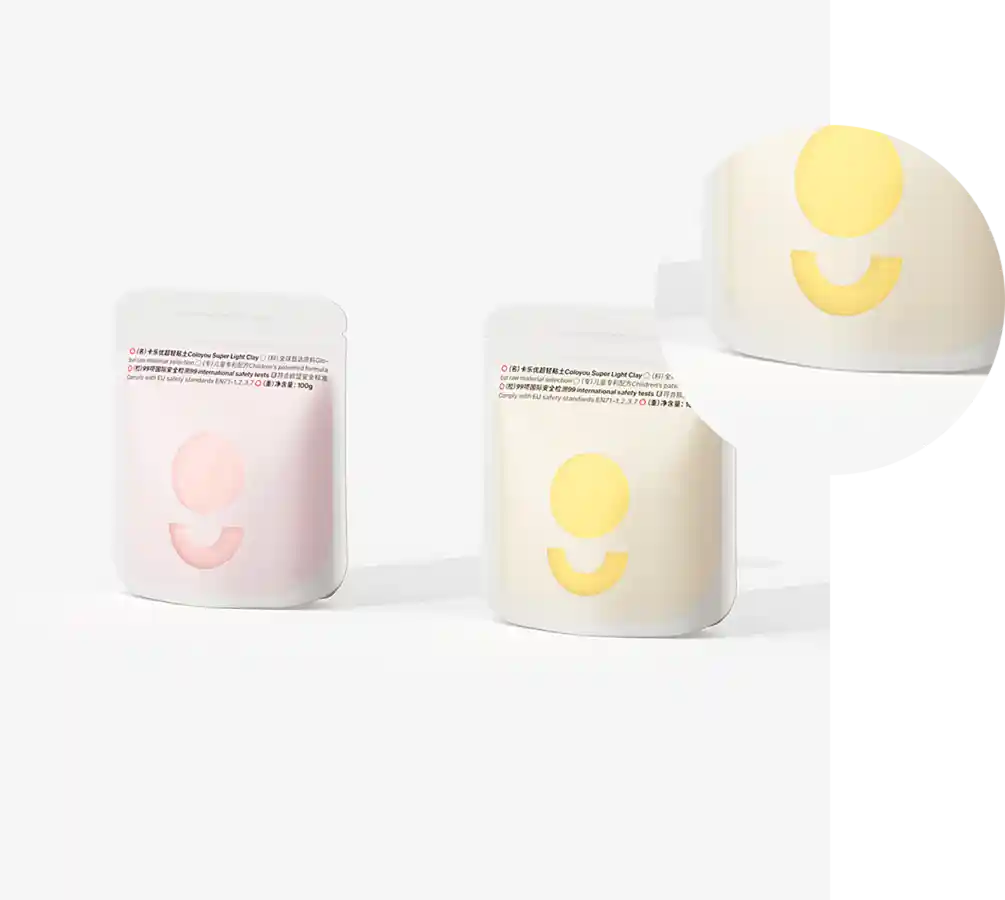- Afrikaans
- Albanian
- Amharic
- Arabic
- Armenian
- Azerbaijani
- Basque
- Belarusian
- Bengali
- Bosnian
- Bulgarian
- Catalan
- Cebuano
- chinese_simplified
- chinese_traditional
- Corsican
- Croatian
- Czech
- Danish
- Dutch
- English
- Esperanto
- Estonian
- Finnish
- French
- Frisian
- Galician
- Georgian
- German
- Greek
- Gujarati
- haitian_creole
- hausa
- hawaiian
- Hebrew
- Hindi
- Miao
- Hungarian
- Icelandic
- igbo
- Indonesian
- irish
- Italian
- Japanese
- Javanese
- Kannada
- kazakh
- Khmer
- Rwandese
- Korean
- Kurdish
- Kyrgyz
- Lao
- Latin
- Latvian
- Lithuanian
- Luxembourgish
- Macedonian
- Malgashi
- Malay
- Malayalam
- Maltese
- Maori
- Marathi
- Mongolian
- Myanmar
- Nepali
- Norwegian
- Norwegian
- Occitan
- Pashto
- Persian
- Polish
- Portuguese
- Punjabi
- Romanian
- Russian
- Samoan
- scottish-gaelic
- Serbian
- Sesotho
- Shona
- Sindhi
- Sinhala
- Slovak
- Slovenian
- Somali
- Spanish
- Sundanese
- Swahili
- Swedish
- Tagalog
- Tajik
- Tamil
- Tatar
- Telugu
- Thai
- Turkish
- Turkmen
- Ukrainian
- Urdu
- Uighur
- Uzbek
- Vietnamese
- Welsh
- Bantu
- Yiddish
- Yoruba
- Zulu
Innovative Applications and Advancements in Non-Woven Fiber Technology for Various Industries
The Versatility and Applications of Non-Woven Fibers
Non-woven fibers are an innovative fabric technology that has gained significant prominence in various industries over the past few decades. Unlike traditional woven fabrics, non-woven materials are not produced by weaving or knitting but are instead created through a process that entangles fibers together using mechanisms such as heat, chemical bonding, or mechanical pressure. This unique manufacturing process allows for a wide array of applications and advantages that make non-woven fibers indispensable in modern living.
One of the most notable characteristics of non-woven fibers is their versatility. They can be engineered to possess specific properties, making them suitable for numerous applications across different sectors. For example, in the medical industry, non-woven fabrics are extensively used to manufacture surgical gowns, masks, and sterilization wraps. The breathable yet barrier-protective quality of these materials helps safeguard healthcare professionals and patients from infections. Additionally, they are often single-use products that enhance sanitation and reduce the risk of cross-contamination in healthcare environments.
The Versatility and Applications of Non-Woven Fibers
In the realm of household products, non-woven materials have revolutionized cleaning and hygiene items. From disposable wipes to cleaning pads and filters, their convenience and functionality have improved the efficiency of cleaning processes. Additionally, many brands now produce eco-friendly non-woven fabrics made from biodegradable materials, catering to the growing consumer demand for sustainable products. This shift not only minimizes environmental impact but also aligns with global efforts to reduce plastic pollution.
non woven fiber

Another significant advantage of non-woven fibers lies in their cost-effectiveness and production efficiency. The manufacturing process allows for large-scale production without the need for complex machinery typically associated with weaving. As a result, non-woven fabrics can be produced at a lower cost and with reduced labor requirements, making them an attractive option for manufacturers and consumers alike.
In fashion and textiles, non-woven materials are making strides as well. Designers are exploring innovative applications of non-woven fabrics in garments, accessories, and even footwear. The unique textures and styles that non-woven fibers can offer appeal to fashion-forward consumers and allow designers to push boundaries in creative expression. The use of non-woven materials in fashion emphasizes versatility, as they can mimic the look and feel of traditional textiles while offering enhanced performance characteristics like water resistance or breathability.
Beyond these industries, non-woven fibers have found applications in construction and geotextiles. In construction, non-woven geotextiles are used for erosion control, drainage, and soil stabilization. Their ability to prevent soil erosion while allowing water to pass through makes them a valuable resource for environmental management and sustainable construction practices.
The future of non-woven fibers looks promising as technology continues to advance. Research and development efforts are focused on enhancing the properties of non-woven fabrics, leading to fancier, more functional, and sustainable products. Innovations such as nanotechnology and smart fabrics are paving the way for non-woven materials to be moldable, self-cleaning, or even embedded with electronic functionalities.
In summary, non-woven fibers represent a remarkable innovation in material science, offering unique solutions across a spectrum of industries. Their versatility, cost-effectiveness, and potential for sustainability make them a critical component in both everyday products and specialized applications. As manufacturing technologies evolve and the demand for environmentally friendly materials increases, non-woven fibers are poised to play an increasingly pivotal role in shaping the future of textiles and beyond. Whether in medical settings, automotive industries, or fashion, the impact of non-woven fibers is undeniable and far-reaching.













